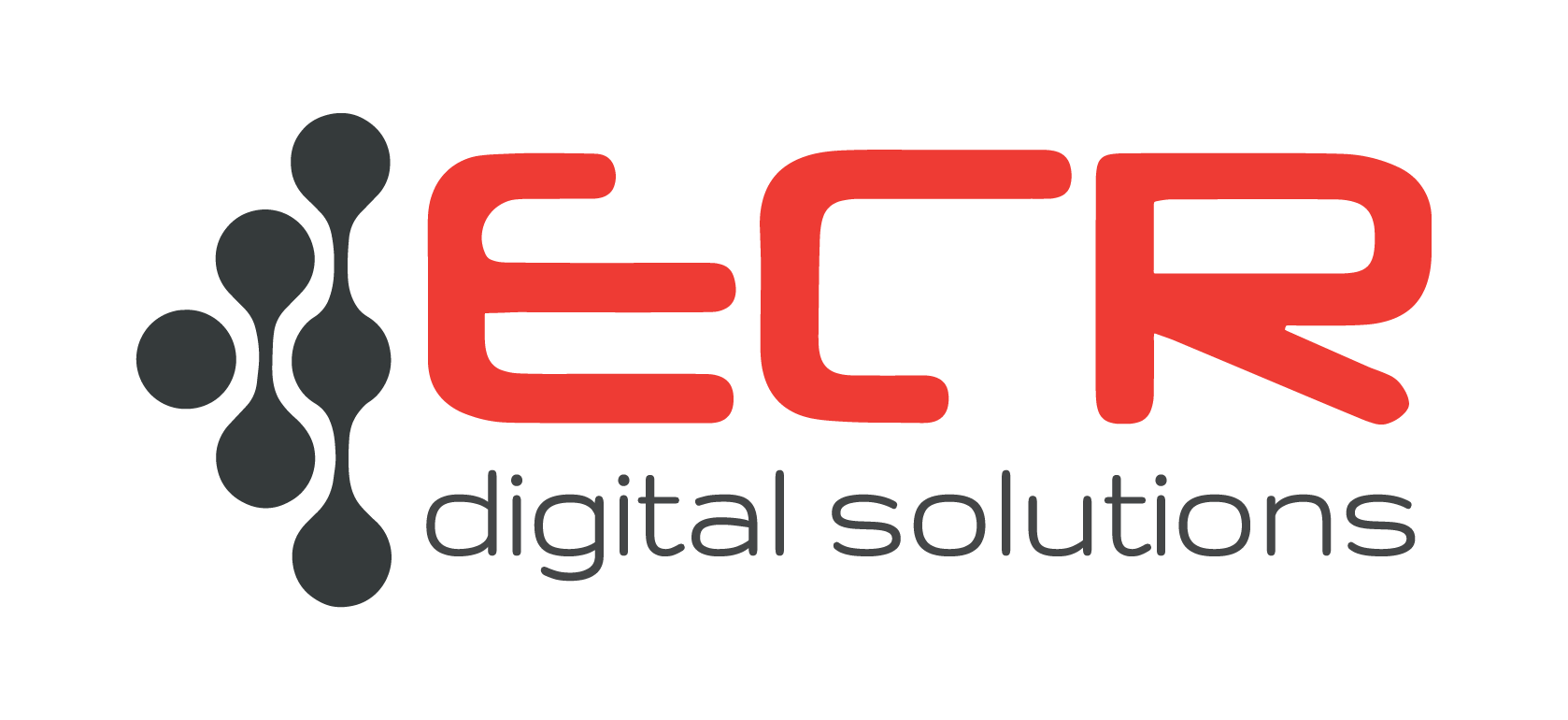Choosing the Right Tool for Business Management: Web App vs Mobile App
Thu 02/01/2025 15m read 1192 views
How to Manage a Software Development Project with Agile Methodology: Balancing Customer Satisfaction and Team Well-being
Managing a software development project can be challenging, especially when you aim to deliver a product that satisfies the customer’s needs while maintaining a healthy and motivated team. Agile methodology, with its iterative approach and focus on collaboration, provides the perfect framework to achieve this balance. Here’s how to manage a software development project with Agile to ensure both customer satisfaction and team well-being.

1. Understand and Align on Customer Needs
The foundation of Agile is customer-centricity. To meet customer expectations:
- Engage Early and Often: Start by understanding the customer’s vision through discussions, workshops, and requirement-gathering sessions. Use techniques like user story mapping to align their needs with the development plan.
- Prioritize Features: Work with the customer to prioritize features using frameworks like the MoSCoW method (Must-have, Should-have, Could-have, Won’t-have) to ensure you deliver the most valuable outcomes first.
- Maintain Transparency: Use Agile tools like product backlogs and sprint reviews to keep the customer informed and involved throughout the project.
2. Create a Balanced and Realistic Product Roadmap
The roadmap should bridge the customer’s requirements and the team’s capacity:
- Iterative Development: Break down the project into sprints or iterations, ensuring manageable work chunks for the team.
- Frequent Deliverables: Deliver functional increments of the product at the end of each sprint, allowing customers to provide feedback and adjust priorities as needed.
- Avoid Overpromising: Set realistic deadlines and scope for each sprint to avoid burnout or missed expectations.
3. Foster a Collaborative Team Environment
A motivated team is essential for a successful Agile project:
- Daily Standups: Hold brief daily meetings to discuss progress, address blockers, and foster open communication.
- Empower Team Members: Encourage ownership of tasks and decision-making within the team to boost morale and accountability.
- Celebrate Successes: Recognize achievements, whether small wins during sprints or major milestones.
4. Embrace Flexibility and Continuous Improvement
Agile thrives on adaptability, which benefits both the customer and the team:
- Respond to Change: Be open to evolving requirements, even late in development. Agile’s iterative nature allows adjustments without derailing the project.
- Retrospectives: Conduct sprint retrospectives to identify what’s working and what needs improvement, fostering a culture of continuous learning.
- Iterate on Feedback: Use customer feedback after every sprint to refine the product and adjust priorities.
5. Balance Workload to Avoid Burnout
To sustain a productive team:
- Respect Velocity: Use past sprint performance to estimate realistic workloads for future sprints.
- Encourage Breaks: Promote healthy work-life balance by setting clear boundaries and ensuring team members take time off when needed.
- Provide Resources: Equip the team with the right tools, training, and support to work efficiently.
6. Maintain Transparency with Stakeholders
Both the customer and the team benefit from clear communication:
- Regular Updates: Share progress through sprint reviews, demo sessions, and reports.
- Manage Expectations: Be honest about challenges, risks, and changes to timelines or scope.
- Encourage Feedback Loops: Create open channels for both customers and team members to voice concerns or suggestions.
7. Measure Success Beyond Delivery
A successful Agile project is one where:
- Customer Needs Are Met: The final product delivers value and meets the customer’s expectations.
- Team is Satisfied:The team remains motivated, engaged, and proud of their work.
- Business Goals Are Achieved:The product aligns with the organization’s objectives and creates value for end users.
Conclusion
Agile methodology offers a powerful framework to balance customer satisfaction and team well-being in software development. By focusing on collaboration, flexibility, and continuous improvement, you can deliver a product that exceeds expectations while fostering a healthy and motivated team. Remember, Agile is as much about mindset as it is about practices—embrace change, empower your team, and keep the customer at the center of your efforts.
Ready to transform your project management approach? Start with Agile and experience the difference!
Related articles










